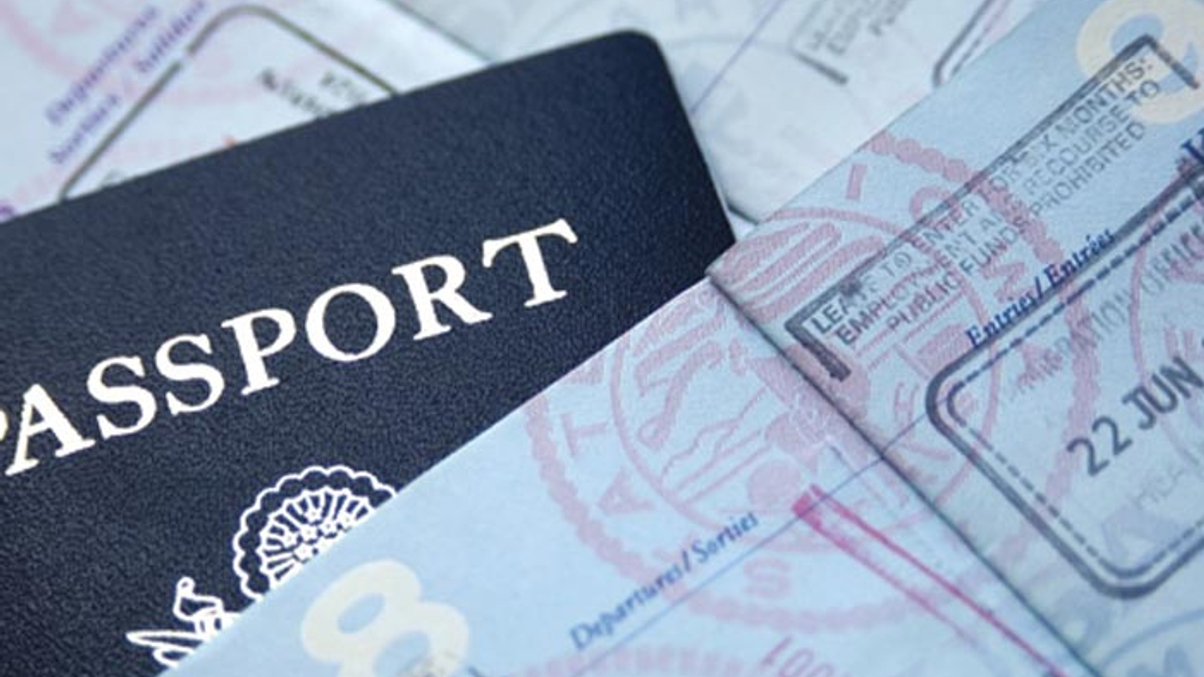partner content
Exploring the Asean fund passport’s potential
BNP Paribas Securities Services' Remi Toucheboeuf and Mostapha Tahiri discuss some of the burning issues around the proposed scheme.

BNP Paribas Securities Services has been involved in discussions with fund manager clients and regulators about the evolution of the Asean fund passport, one of the three different Asian initiatives being developed.
Sign in to read on!
Registered users get 2 free articles in 30 days.
Subscribers have full unlimited access to AsianInvestor
Not signed up? New users get 2 free articles per month, plus a 7-day unlimited free trial.
¬ Haymarket Media Limited. All rights reserved.


